As the 2024 election approaches, Donald Trump and the Republican Party are focusing heavily on the border issue, claiming that Trump had the “most secure border in history” during his presidency. However, a closer look at Trump’s own words and the actual numbers reveals a starkly different reality.
Trump’s Contradictory Statements on Border Security
During his 2019 address to the nation, Trump described the border under his watch as a “crisis,” pleading with Congress to pass proposals similar to those in the recent bipartisan border bill. This contrasts sharply with his current claims of having had the “most secure border in history.”
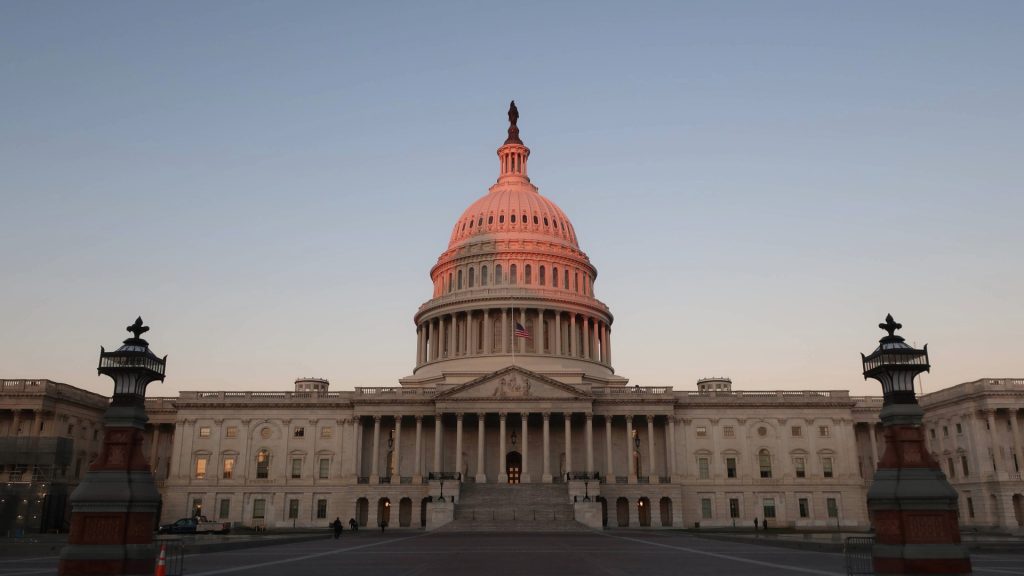
Trump’s 2019 address acknowledged the lack of legal authority and funding resources to secure the border and dramatically increase deportations, contradicting his current stance on border security.
Border Encounters Increased During Trump’s Presidency
Department of Homeland Security (DHS) data shows that the number of migrants arriving at the border increased every year of the Trump administration until the 2020 pandemic year. In 2019, border encounters were higher than in many previous years.

The numbers got worse every single year of the Trump administration until the pandemic, contradicting the claim of having the “most secure border in history.”
Deportations Under Trump Lower Than Previous Administrations
The U.S. averaged 290,394 deportations per year during the four years of the Trump administration, fewer than the Biden administration and every year from 2007-2016.

Over 1.1 million migrants were released into the U.S. by DHS during Trump’s four years in office due to a lack of detention facility bed space, more than any four years under the Obama and Bush administrations.
The Challenges Inherited by the Biden Administration
When President Biden took office, an estimated 11-14 million migrants were already in the U.S., with nearly three million pending asylum claims in backlogged immigration courts.
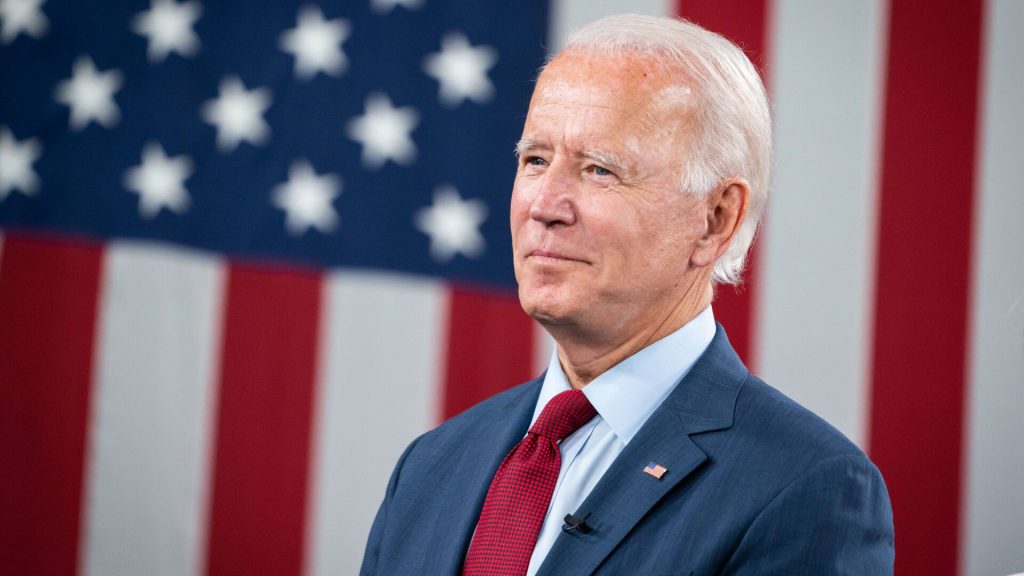
The vast majority of the migrants were in the U.S. with no legal status, pending citizenship cases, or active asylum cases, highlighting the complex situation inherited by the Biden administration.
The Need for Adequate Resources to Address Border Issues
Aaron Reichlin-Melnick, the policy director for the American Immigration Council (AIC), testified that no president can solve the border problem “with the stroke of a pen” without defying current U.S. immigration law.
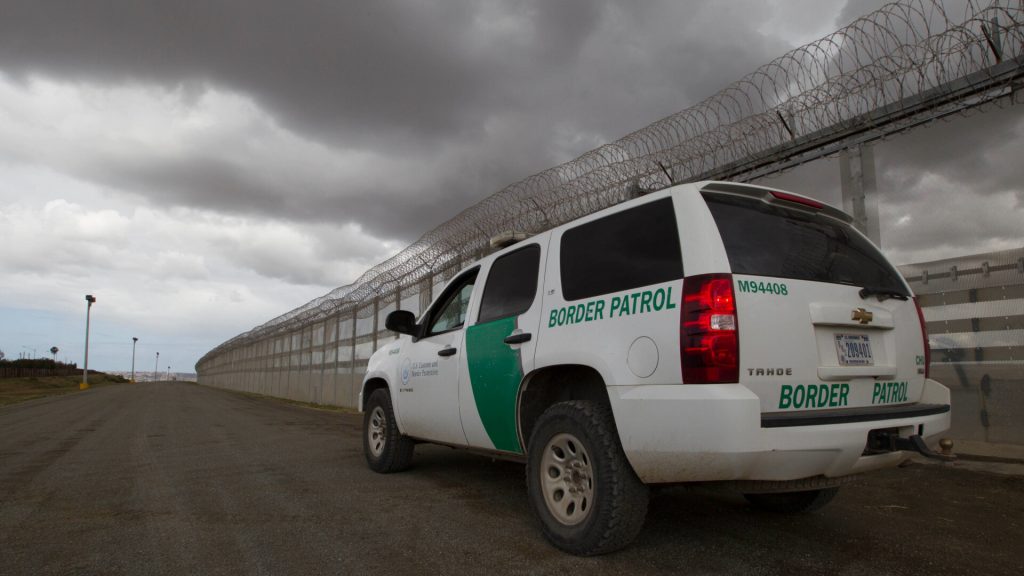
Reichlin-Melnick explained that Trump’s allocation of resources while the president made the border problem worse, not better, and emphasized the need for adequate funding for border agents, detention beds, security measures, and immigration judges.
Republican House Cuts Funding for Immigration Courts
Instead of passing the Senate border bill that would have provided much-needed resources to alleviate the border problem, the latest appropriation bill passed by the Republican House cuts funding for immigration courts by $16 million.
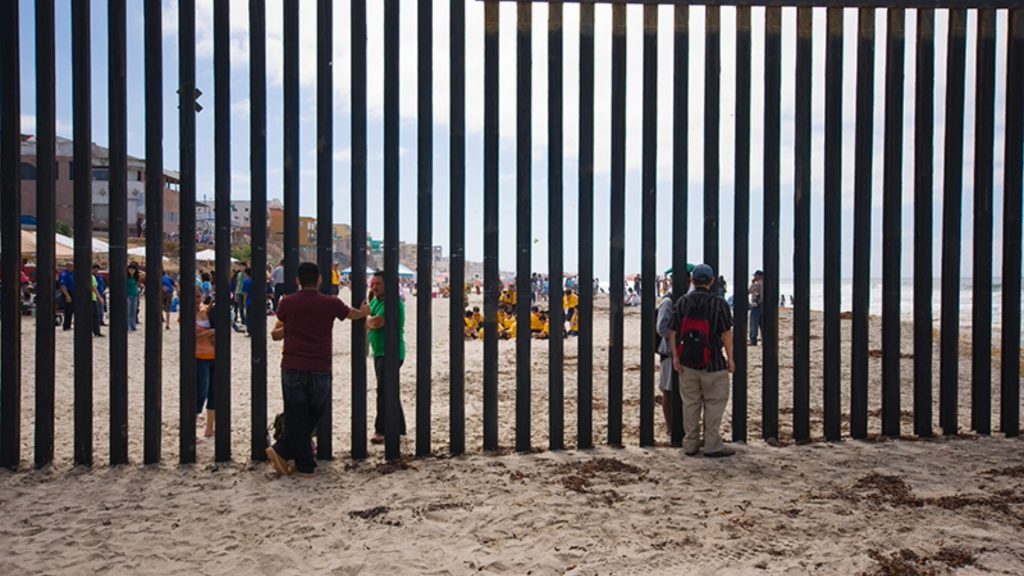
With current resources, it would take 42 years for immigration courts to deport every migrant in the U.S. without legal status, and the Republican funding cuts will only exacerbate the issue.
Trump’s Failure on His Central Campaign Issue
Trump failed by his standards on the border issue, which is the central focus of his 2024 campaign. The numbers and his own words as president contradict his current claims of border security success.

The Republican Party is following suit, cutting funding for immigration courts and making it even more difficult to address the border situation effectively.
The Importance of Fact-Checking Political Claims
As the 2024 election campaign heats up, voters must fact-check the claims made by candidates, particularly on key issues like border security.

Trump’s rhetoric on the border issue stands in sharp contrast to the reality of his presidency, and voters should be aware of the discrepancies between his claims and the actual numbers.
The Complexity of the Border Issue
The border situation is a complex and long-standing issue that cannot be solved by any single president or administration without significant resources and bipartisan cooperation.

Simplistic slogans and false claims of past success do little to address the real challenges faced by the U.S. immigration system and the people affected by it.
The Need for Comprehensive Immigration Reform
To effectively address the border situation, the U.S. needs comprehensive immigration reform that includes adequate funding for border security, immigration courts, and a more efficient asylum process.

Piecemeal solutions and political grandstanding will not solve the complex issues surrounding immigration and border security.
The Human Impact of Border Policies
Behind the numbers and political debates are real people whose lives are directly impacted by U.S. border policies and the rhetoric surrounding them.
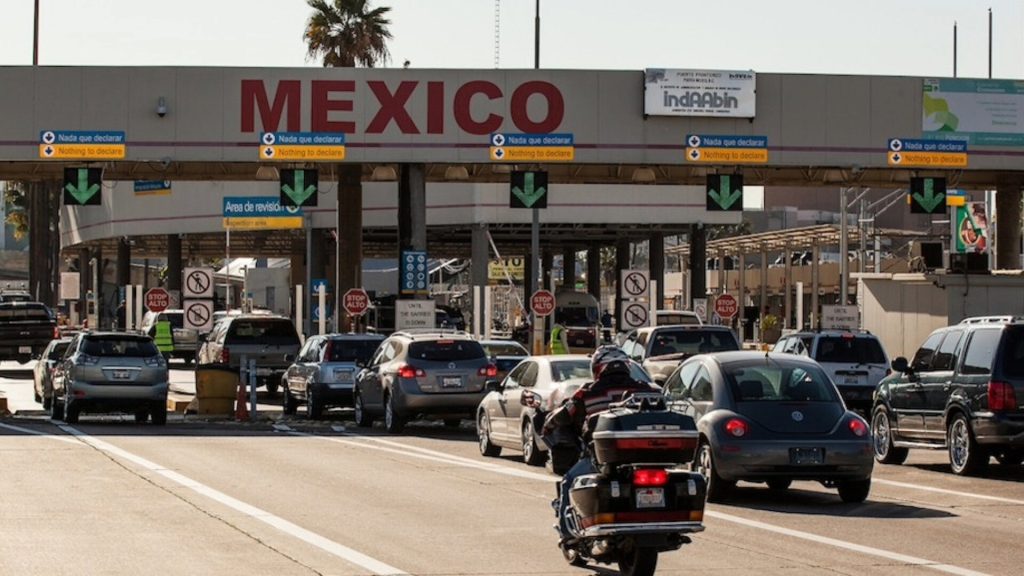
It is essential to approach the border issue with compassion and a commitment to finding humane solutions that uphold the dignity of all people involved.
The Role of Fact-Based Discourse in Shaping Policy
To develop effective border policies, it is crucial to engage in fact-based discourse that acknowledges the complexity of the issue and seeks to find common ground.

Political leaders and the media have a responsibility to present accurate information and foster productive dialogue on immigration and border security.
The Consequences of False Narratives
False narratives and misleading claims about border security not only hinder progress on the issue but also contribute to a polarized and misinformed public debate.

When political leaders prioritize political gain over truth and accuracy, it becomes more difficult to find real solutions to the challenges facing the country.
The Path Forward on Border Security
As the U.S. looks to the future, it is essential to approach the border issue with honesty, compassion, and a commitment to finding practical, humane solutions that prioritize both national security and the well-being of those seeking a better life.
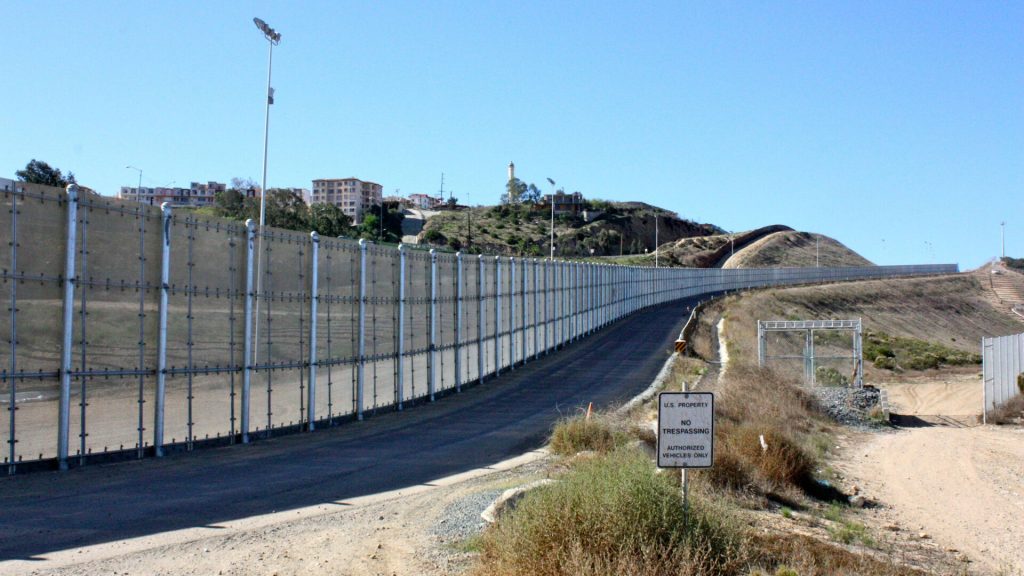
By engaging in fact-based discourse, investing in the necessary resources, and working towards comprehensive immigration reform, the U.S. can begin to address the complex challenges surrounding border security and create a more just and effective immigration system for all.






